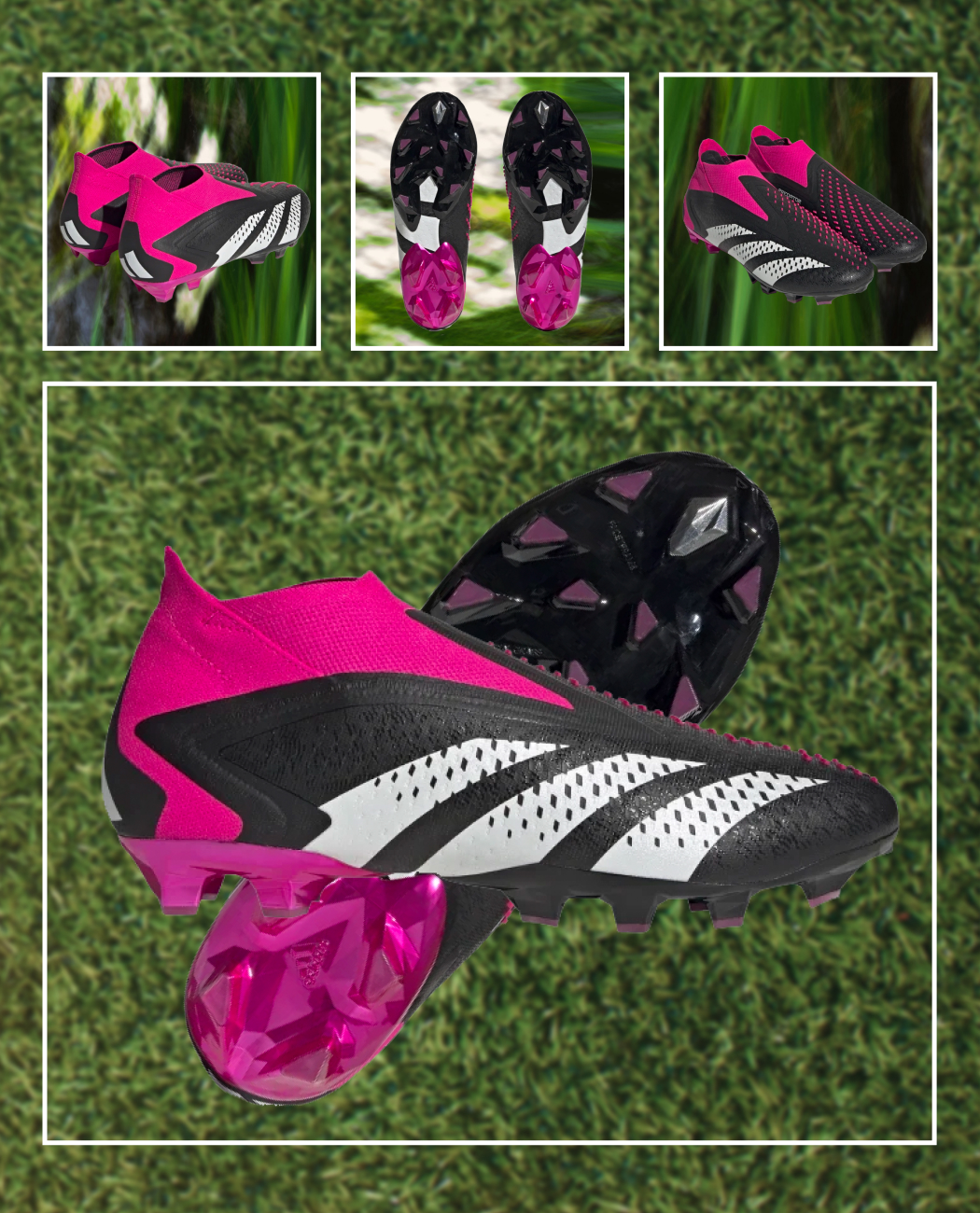
Understanding Soccer Shoes
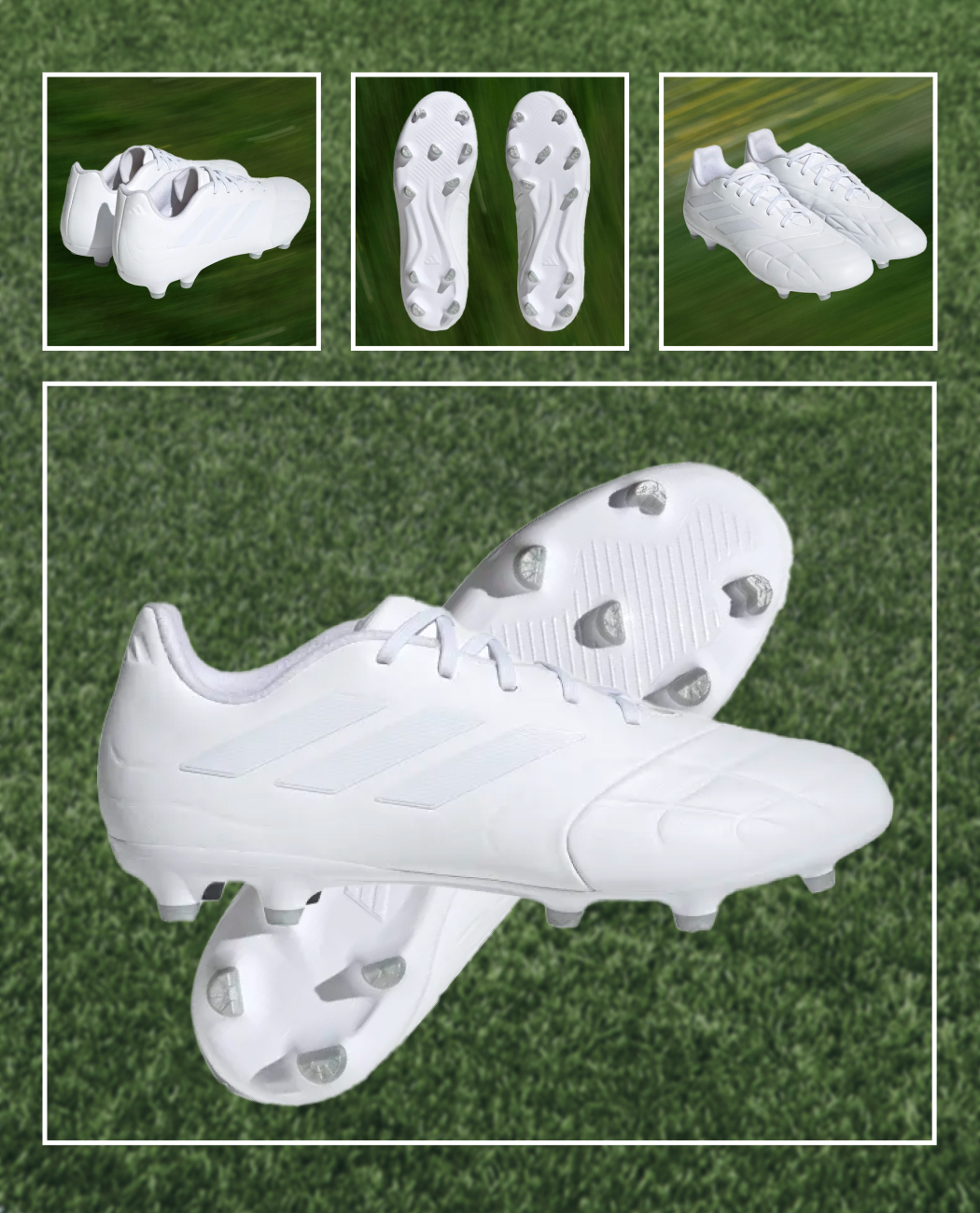
Soccer shoes, or cleats, are vital gear for any player on the pitch, whether you’re a novice learning the basics or a seasoned pro aiming for your next World Cup. The right footwear can significantly impact your performance, ensuring better stability, enhanced grip, and improved agility. With countless options available in the U.S. market, finding the perfect soccer shoes can feel overwhelming. This guide aims to simplify that journey, providing insights backed by real-world experiences, detailed comparisons, and tips for selecting the ideal pair.
Types of Soccer Shoes
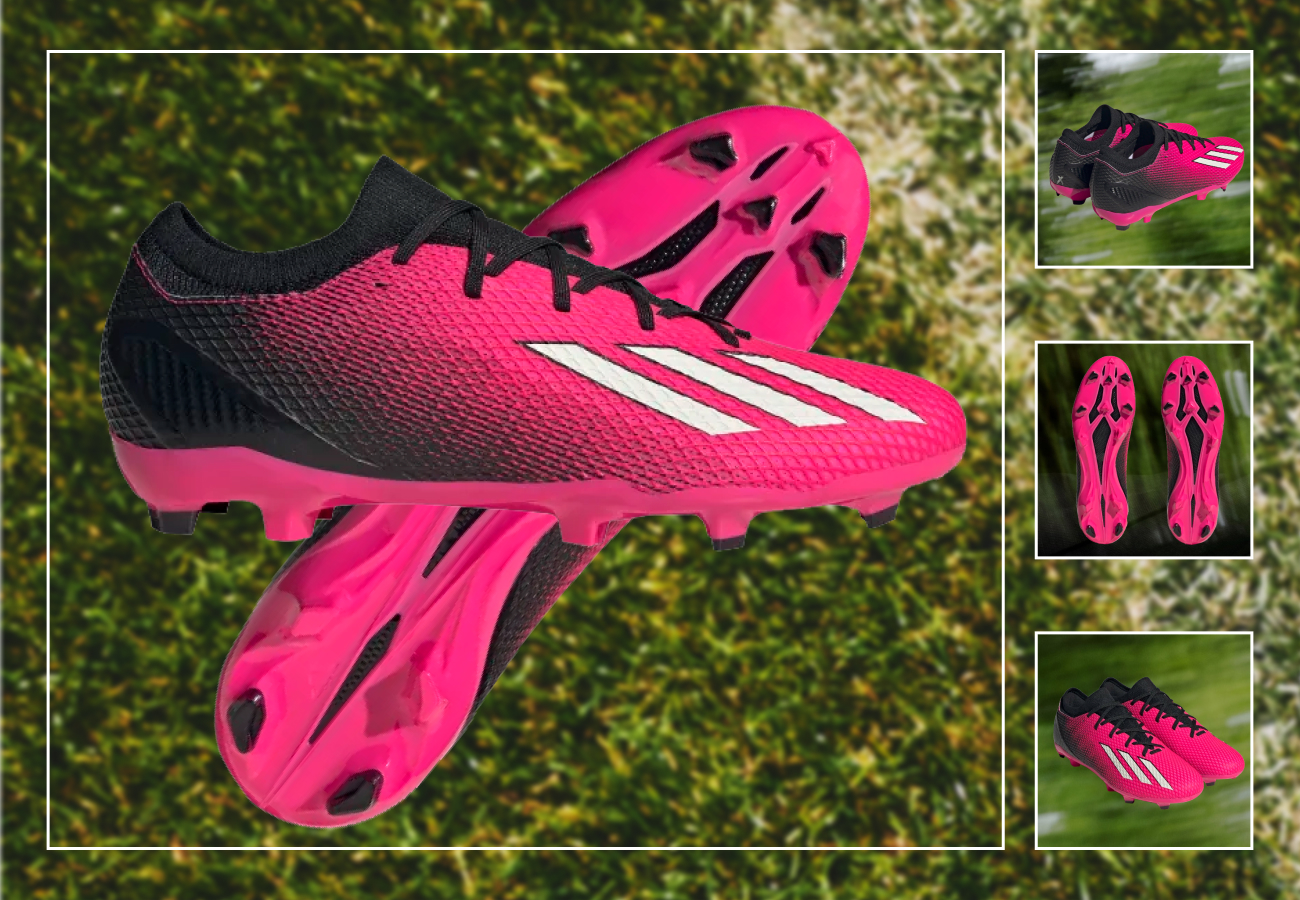
Before diving into specific brands and models, it’s crucial to understand the various types of soccer shoes available. Each type serves a distinct purpose and is designed for specific playing conditions.
1. Firm Ground (FG) Soccer Shoes
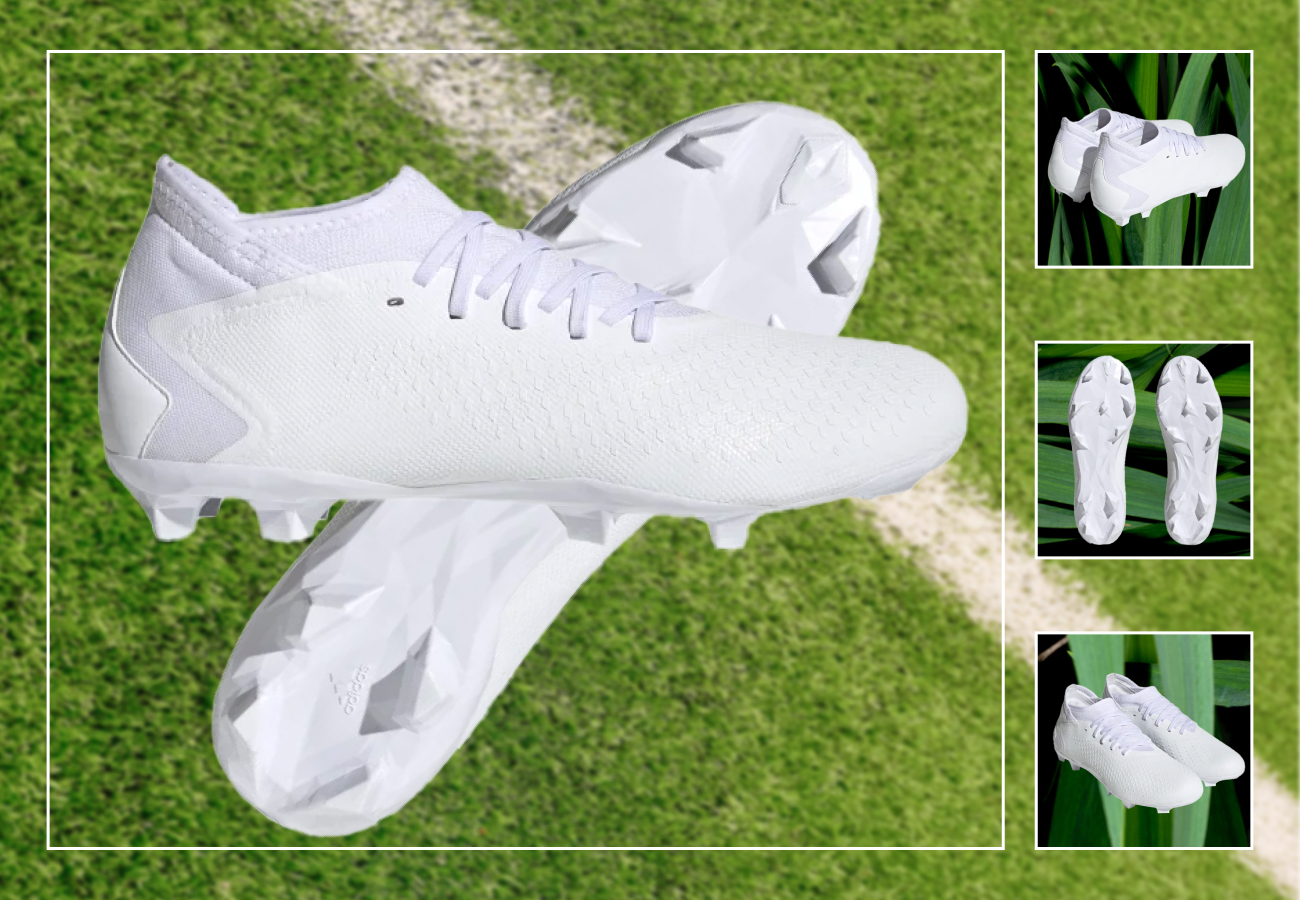
These shoes are equipped with molded cleats and are designed for natural grass pitches. They offer a balance of traction and comfort, making them ideal for most field conditions.
2. Soft Ground (SG) Soccer Shoes

Soft ground soccer cleats feature longer, often removable studs that provide superior grip on wet, muddy fields. They’re specifically designed for use during rainy seasons or on soggy pitches.
3. Artificial Ground (AG) Soccer Shoes
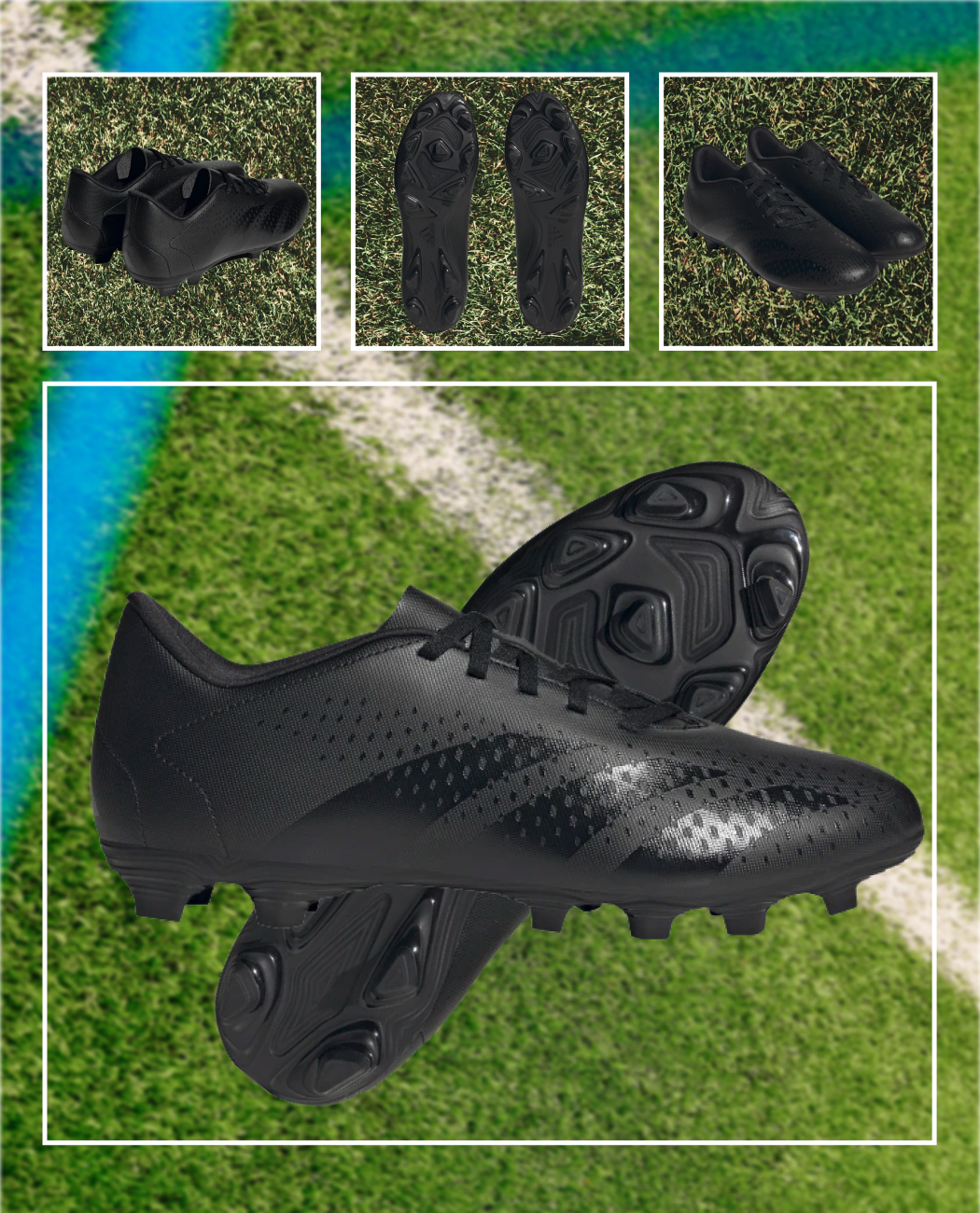
AG shoes are tailored for synthetic pitches. They have smaller, more numerous studs that provide excellent traction and reduce the risk of injury on artificial surfaces.
4. Indoor Soccer Shoes

Indoor shoes typically feature a flat sole, designed for stability on hard surfaces. They are ideal for training sessions and small-sided games played indoors.
5. Turf Shoes
Designed for turf surfaces, these shoes have a rubber sole with multiple small studs. They offer great traction and are suitable for both practice and matches on turf.
How to Choose the Right Soccer Shoes
Choosing the right soccer shoes involves several factors, including surface type, player position, and individual preferences. Here is a guide to help you make the best choice.
1. Consider the Playing Surface
As mentioned earlier, the type of playing surface is one of the most critical factors in determining which soccer shoes to buy. Always select shoes designed specifically for the surface you play on.
2. Think About Your Position
Different positions on the field may require different types of shoes. For instance, defenders may prefer shoes with more traction for stability, while forwards may lean towards lighter shoes for speed.
3. Fit and Comfort
Finding the correct size and fit is essential. Soccer shoes should fit snugly without causing discomfort or pinching. Trying shoes on with the type of socks you usually wear can help ensure the best fit.
4. Weight of the Shoe
While lighter shoes can enhance speed and agility, they may offer less protection. Evaluate your playing style and decide what balance of weight versus protection works best for you.
5. Durability and Material
The material of the shoe significantly impacts both its performance and longevity. Leather shoes offer a classic feel and durability, while synthetic materials are often lighter and more water-resistant.
Top Soccer Shoe Brands in the USA
When it comes to soccer footwear, certain brands stand out for their quality, innovation, and market presence. Here are some of the most trusted brands among U.S. soccer players.
1. Adidas
Adidas is known for its iconic Predator and X series, offering a range of options across different playing surfaces. Their shoes often emphasize traction, comfort, and style.
2. Nike
Nike’s Mercurial and Phantom lines are popular among speedsters and technical players. Nike shoes often utilize advanced technology for improved performance.
3. Puma
Puma shoes are renowned for their comfort and stylish designs. The Puma Future series is particularly popular among youth players.
4. New Balance
Although newer in the soccer arena, New Balance has made a significant impact with their Furon and Tekela lines, focusing on fit and comfort.
5. Under Armour
Under Armour may not be as dominant in soccer shoes, but its recent releases are gaining traction for their unique designs and functionality.
Comparison Table of Popular Soccer Shoes
| Brand | Model | Type | Price | Weight | Best For |
|---|---|---|---|---|---|
| Adidas | Predator 20.3 FG | Firm Ground | $99.99 | 10.5 oz | Mid-level players |
| Nike | Mercurial Superfly 7 | Firm Ground | $229.99 | 6.5 oz | Speed-focused players |
| Puma | Future 5.1 FG/AG | Firm/Artificial Ground | $139.99 | 7.7 oz | Versatile players |
| New Balance | Furon v6 Pro | Firm Ground | $149.99 | 6.8 oz | Forward players |
| Under Armour | Spotlight FG | Firm Ground | $119.99 | 8.5 oz | Players seeking comfort |
Pros and Cons of Popular Soccer Shoes
Adidas Predator 20.3 FG
Pros: Excellent traction, stylish design, comfortable fit.
Cons: Slightly heavy compared to other models.
Nike Mercurial Superfly 7
Pros: Lightweight, great for speed, innovative technology.
Cons: Pricey, narrow fit may not suit wide feet.
Puma Future 5.1 FG/AG
Pros: Versatile for different surfaces, good comfort.
Cons: Some users report durability issues.
New Balance Furon v6 Pro
Pros: Lightweight, excellent ball control.
Cons: Limited color options.
Under Armour Spotlight FG
Pros: Comfortable, affordable for beginners.
Cons: Less recognition in the soccer world.
Successful Product Highlights
Case Study: Adidas Predator 20.3 FG
The Adidas Predator line has a long-standing legacy in soccer. Players like David Beckham and Zinedine Zidane have donned these shoes. The Predator 20.3 FG model combines classic design with modern technology, making it a favorite among amateur and professional players alike. Reviews on platforms like Soccer.com have highlighted the shoe’s exceptional grip and comfort level, which many players have found to enhance their game on the field.
Case Study: Nike Mercurial Superfly 7
The Nike Mercurial Superfly 7 has been worn by countless stars, including Cristiano Ronaldo. Its innovative Flyknit upper provides a sock-like fit, ensuring that players have maximum control over their movements. User reviews emphasize the shoe’s lightweight nature, allowing for incredible acceleration. However, some wider-footed players have found it less accommodating, leading to discussions on its fit. Various soccer blogs have conducted in-depth reviews that highlight both its pros and cons, giving potential buyers a well-rounded perspective.
Tips for Maintaining Your Soccer Shoes
Investing in a quality pair of soccer shoes is not the end of the story. Proper care and maintenance can extend their lifespan and maintain performance. Here are some tips to keep your soccer shoes in prime condition:
1. Clean After Each Use
After every match or training session, remove dirt and grass from the shoes. A soft brush and a damp cloth work wonders. Avoid using harsh chemicals, as they can damage the material.
2. Dry Properly
Never leave your shoes in direct sunlight to dry, as this can cause the material to warp. Instead, dry them at room temperature, and consider stuffing them with newspaper to absorb moisture.
3. Store Properly
Keep your shoes in a dry and cool place when not in use. Avoid leaving them in damp locations or inside sports bags for long periods.
4. Rotate Your Shoes
If you play regularly, consider investing in a second pair of shoes. Rotating between pairs can significantly extend their lifespan.
Frequently Asked Questions (FAQs)
1. What are the best soccer shoes for beginners?
For beginners, shoes like the Adidas Copa Mundial or Nike Tiempo Legend offer comfort and great value. They provide adequate support and are easier to find in various sizes.
2. How do I know my soccer shoe size?
To find your soccer shoe size, measure your foot length and width, and refer to the brand’s size chart. It is also recommended to try on shoes with the socks you’ll be wearing during play.
3. Should I choose cleats or turf shoes?
The choice between cleats and turf shoes depends on the playing surface. Opt for cleats on natural grass and turf shoes on artificial surfaces.
4. Are expensive soccer shoes worth the investment?
More expensive soccer shoes often feature advanced materials and technology that can enhance performance, but the best choice depends on your playing style and budget.
5. How often should I replace my soccer shoes?
This depends on usage, but a good rule of thumb is to replace them every 6-12 months, or sooner if you notice signs of wear such as loss of traction, comfort, or support.
6. Can I use soccer shoes for other sports?
While it’s possible to wear soccer shoes for other sports, they are designed specifically for soccer. Using them for other sports may lead to discomfort and potential injuries.
7. What should I look for in a soccer shoe if I have wide feet?
Players with wide feet should seek brands that offer wider models or specifically designed shoes. Adidas and New Balance often have options catering to wider feet.
8. How do I choose the right color for my soccer shoes?
While color choice is a matter of personal preference, consider your team’s colors for a unified look. Bright colors can make players more visible and boost confidence.
9. Are synthetic soccer shoes as good as leather?
Synthetic shoes tend to be lighter and more water-resistant, while leather offers durability and a classic feel. The choice depends on personal preference and playing conditions.
10. What brand of soccer shoes is best for kids?
Brands like Nike, Adidas, and Puma offer a variety of youth sizes and models specifically designed for the younger players, focusing on comfort and support.